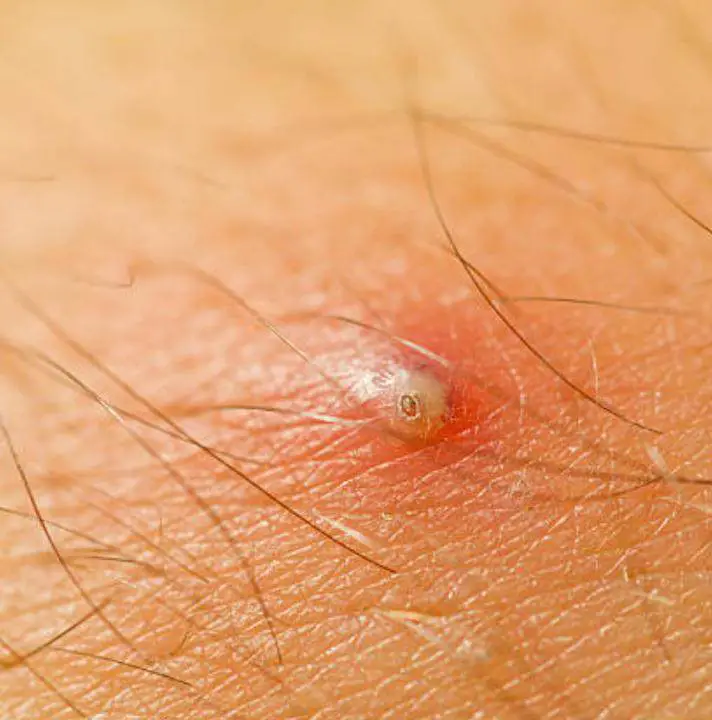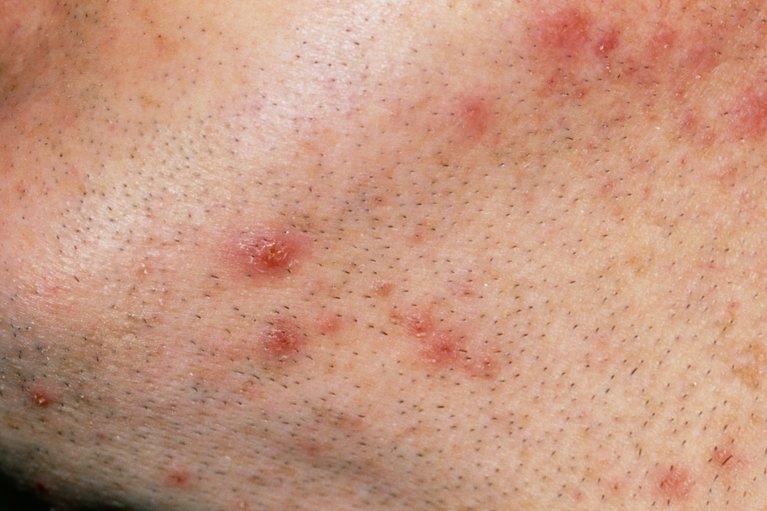Table Of Content

So improving them won’t prevent ingrown hairs if you don’t take other preventive measures. Possible treatments for razor bumps include keeping your skin moisturized and discontinuing shaving, which allows your ingrown hairs to grow out. The antimicrobial qualities of the oils can help cleanse the area and prevent further ingrown hairs from developing. Additionally, where similar treatments can dry out your skin, ingredients in this treatment like coconut oil can retain moisture and soften stubborn ingrown hairs. Some prescription medications can help prevent ingrown hairs.
What causes ingrown hairs?
If that's not an option, you might try other hair removal methods that lessen the risk of developing ingrown hair. Your health care provider might recommend laser-assisted hair removal, which removes hair at a deeper level than does shaving, waxing, tweezing or electrolysis. Laser treatment slows regrowth and is a longer term solution. Possible side effects of this method are blistering, scarring and loss of skin color (dyspigmentation). If your ingrown hairs aren’t going away with at-home treatments and a good skincare routine, or if you’re ingrown hairs become infected, call your healthcare provider. Scars from ingrown hairs form mainly when you use a needle, pin or any other sharp object and pierce the skin to dig out the ingrown hair.
What happens if an infected ingrown hair goes untreated?
More serious inflamed skin lesions, such as nodules and abscesses, may develop if the follicle becomes infected. Staphylococcus aureus, a type of bacteria, is the most common culprit. The condition is most common in the beard area (the lower cheeks, jawline, chin, and neck).
Can You Prevent a Deep Ingrown Hair?
If you’re waxing facial hair, apply a warm compress to your face a few minutes before applying the wax. This technique opens your pores and prevents ingrown hairs. You can also try other hair removal methods that are less likely to lead to ingrown hairs. Those include creams that dissolve hair and a laser or electric current (electrolysis) to remove the hair follicle for good. It's not common, but you can develop a staph infection from ingrown hairs if they're not treated.

Then, get the ingrown hair to the surface of your skin by using a pair of tweezers to gently nudge the hair. When you can see the free end of the hair, slowly pull it until it sticks out of the skin. Avoid digging the hair out, as this can lead to an infection.
How do you treat infected ingrown hair?

Chemical depilatories are creams that work by dissolving the hair shaft so that the hair can be rinsed or wiped away. This isn't a permanent means of getting rid of hair; it will grow back. But when it does, the hair itself has a softer, finer tip. Hair that is thick and coarse, being more robust than fine vellus hair, can also penetrate the skin more easily. Hypertrophic (raised scars) or keloid scars can also develop in people who are prone to them. Pseudofolliculitis also causes darkening of the skin in affected areas, a condition called post-inflammatory hyperpigmentation.
If you look closely at the bump, you might see the strand of hair blocked inside. However, these often occur under thick skin and require a few days of waiting time to see a pustule or papule at the top. So it’s important to follow a doctor or healthcare professional’s directions. You should also use a shaving cream or gel, Collyer adds, as opposed to shaving dry or using skin-drying shave soaps. The more moisture you have, the more lubricated and protected the skin is against ingrowns.
How to get rid of razor burn, according to dermatologists - NBC News
How to get rid of razor burn, according to dermatologists.
Posted: Fri, 11 Aug 2023 07:00:00 GMT [source]
You can also remove an ingrown hair that has looped or curled back into your skin by gently pulling it out with a sterile needle, pin or tweezers. Apply rubbing alcohol to your surrounding skin to prevent an infection. Then, carefully thread the sterile needle, pin or tweezers through the exposed hair loop. Gently lift the hair loop until one end releases from your skin. If an ingrown hair becomes infected, you may notice the bumps getting bigger and more painful.
What to expect from your doctor
Anyone who shaves, tweezes or waxes their hair can develop ingrown hairs. If you shave often, you’re more likely to have ingrown hairs. Every night you should rub the neck and face in circular motions with an exfoliating scrub or wet washcloth to tease out those ingrown hairs, but avoid the sensitive region below your eyes. How often will you do it depends on the type of your skin. Exfoliation is the next step when it comes to taking care of your skin to prevent ingrown hairs on your face.
There is no cure for pseudofolliculitis, so you will always be prone to developing ingrown hairs. It requires lifelong management to keep this skin condition at bay. Your health care provider is likely to diagnose ingrown hair by looking at your skin and asking about your hair removal habits.
The best way to avoid getting scars from ingrown facial hair is by leaving it to heal naturally. One of the first steps to getting rid of ingrown hairs is to use a wet warm cloth and hold on to the area with bumps. This should coax out the hair and reduce swelling around the area. The compress will also help with razor burn if you’re shaved too closely. Most ingrown hairs will subside fairly quickly if you leave them alone.

No comments:
Post a Comment